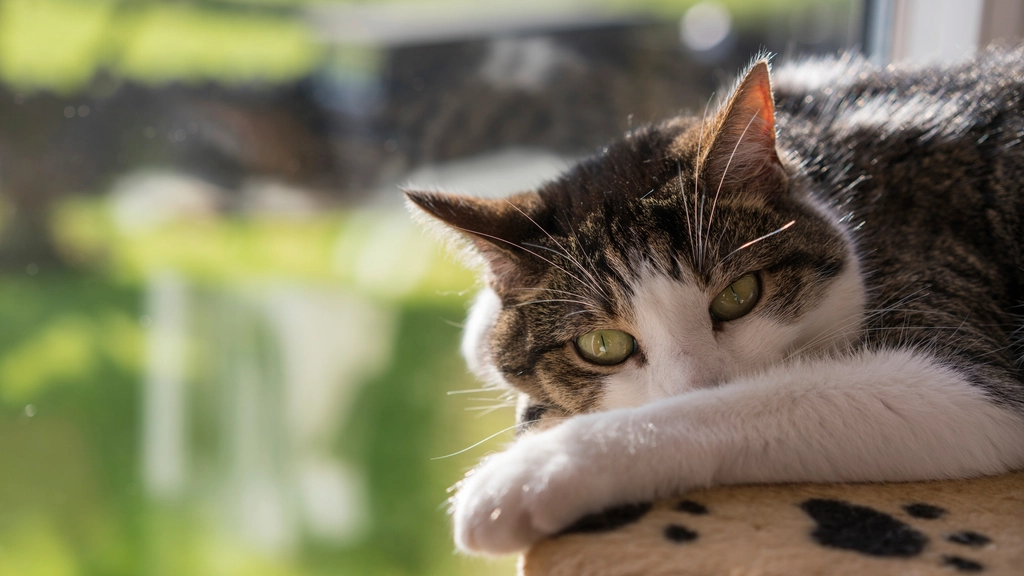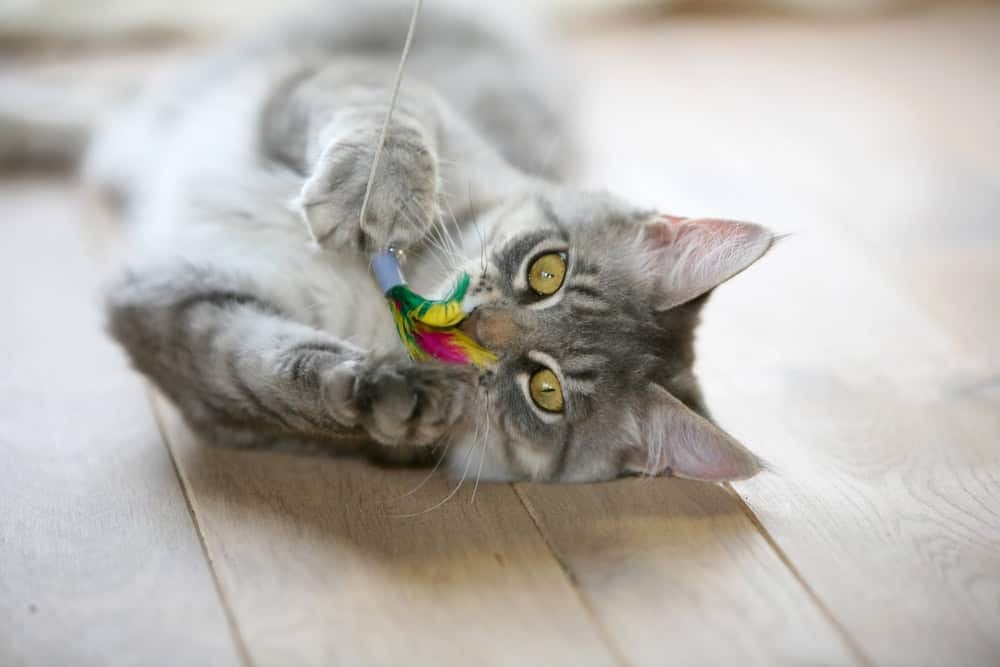Cats have an enigmatic presence that has fascinated humans for centuries. These agile and independent creatures possess an extraordinary ability to communicate without uttering a single sound. Cats are masters of non-verbal communication, adeptly using body language, gestures, and even subtle facial expressions to convey their emotions and desires. In this article, we delve into the fascinating world of feline communication, exploring how cats have perfected the art of manipulation without a single meow.
The Silent Communicator: Cat Eyes

Cats have expressive eyes that can convey a wealth of information. A slow blink, often referred to as a “cat kiss,” signals trust and affection. When a cat narrows its pupils, it may be feeling defensive or aggressive, while dilated pupils can indicate excitement, fear, or surprise. Research suggests that humans often respond to these signals, reinforcing the bond between them and their feline companions.
The Power of the Curl: Tail Talk

A cat’s tail is a versatile tool in their communication arsenal. A tail held high typically signifies confidence and contentment, while a flicking or lashing tail can be a sign of irritation or agitation. When a cat wraps its tail around your leg, it demonstrates a sense of security and affection, akin to a human hug.
Whisker Wisdom: Facial Expressions and Beyond

Whiskers are not just for detecting movement; they also play a crucial role in communication. Forward-facing whiskers signify curiosity or interest, whereas whiskers pulled back suggest anxiety or discomfort. These subtle facial cues, often paired with ear movements, provide insight into a cat’s emotional state.
Purring: The Multifaceted Murmur

Purring is one of a cat’s most intriguing yet complex forms of communication. It can indicate contentment, but cats may also purr when they are anxious, in pain, or even close to death. Some studies propose that the vibrations from purring have healing properties, potentially benefiting both the cat and humans by lowering stress levels.
Kneading: A Comforting Gesture

Kneading, or “making biscuits,” is a behavior that stems from kittenhood, when cats knead their mothers to stimulate milk flow. In adulthood, kneading is a sign of contentment and comfort. When a cat kneads a human, it is a powerful, tactile way of expressing affection and trust.
Nuzzling and Head-Butting: Affectionate Displays

Nuzzling or head-butting is a common way cats show affection and mark their territory. Cats have scent glands concentrated around their heads, and by rubbing against a person, they are leaving their scent while also expressing love and companionship.
The Allure of Cat Naps: Sleep Patterns and Social Bonds

Cats often sleep in areas where they feel secure. When they choose to nap close to or on their humans, it is a gesture of trust. Despite their love for independence, cats seek connection, and through these resting habits, they cultivate and strengthen their social bonds.
The Chirrup: An Invitation to Engage

Some cats make a sound known as a chirrup, a mixture of a meow and a purr, which typically serves as a greeting or invitation to interact. This unique vocalization often indicates happiness or curiosity, encouraging humans to engage in play or social interaction.
Meal-Time Mimics: Food and Interaction

Cats often use their humans as a resource for food, cleverly manipulating them into providing meals based on certain behaviors, like meowing excitedly when the owner heads to the kitchen. This clever association feeds both a cat’s stomach and their desire for attention.
The Mystery of Hiding: A Playful Dance

When a cat hides and then suddenly appears in front of you, it may be part of playing hide and seek. This behavior, seemingly shrouded in mystery, is often a playful invitation that echoes feline hunting instincts, and humans often find themselves willingly participating in this game.
Sitting in the Spotlight: Seeking Attention

Many cats will purposefully sit on an open book, laptop, or any object that diverts human attention away from them. This behavior is a straightforward demand for attention, and by observing the immediate reaction of their humans, cats efficiently reinforce their ability to manipulate human behaviors.
The Call of Curiosity: Cats and Exploration

Cats are naturally curious creatures, and their desire to explore often leads them into intriguing situations. This exploratory behavior frequently involves human companionship, as they tend to encourage investigation by following or mimicking human actions, thus reinforcing an emotional bond.
Conclusion: The Silent Dance of Feline Communication

While cats may not speak our language, their behavior and non-verbal cues are complex forms of communication that they use to manipulate their human counterparts effectively. From the nuances of body language to the subtle purring vibrations, cats have an incredible ability to express their needs and emotions. Understanding these signals can greatly enhance the bond between humans and their feline friends, providing a richer, deeper experience of companionship and understanding.
- How Climate Change Is Affecting Dolphin Migration Patterns - June 30, 2025
- Where to Watch Seals Bask on Rocky Beaches in the U.S. - June 30, 2025
- This Animal Can Regrow Its Entire Brain – Scientists Are Stunned! - June 30, 2025

